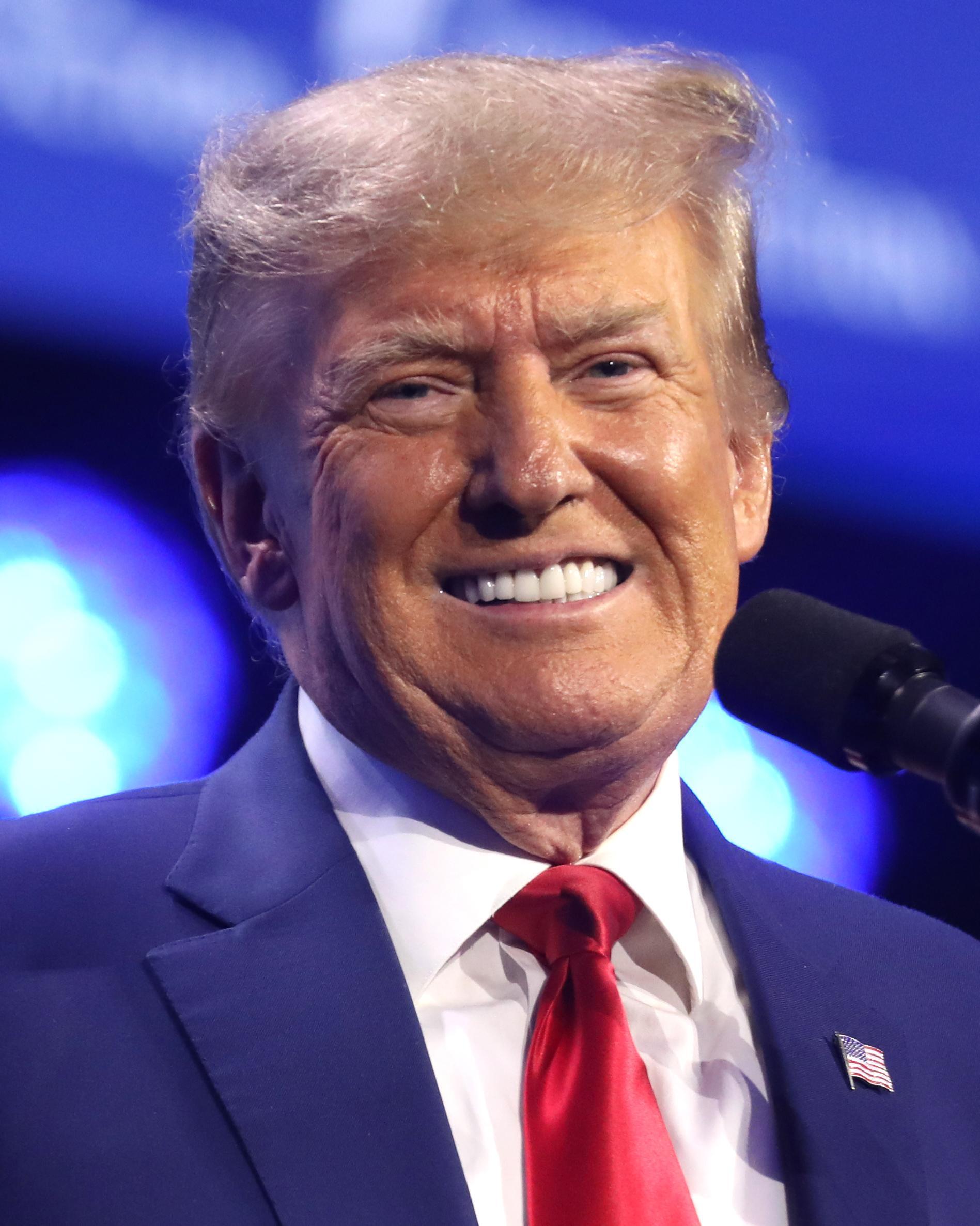

Unveiling the Controversy: The New York Times' Internal Turmoil
A Deep Dive into the Allegations and Defense
In a bold move, the leader of the union for New York Times staff, Susan DeCarava, penned a critical letter to A.G. Sulzberger, the newspaper's publisher and chair, on a recent Friday. DeCarava's letter brought to light accusations against the Times for what she described as a harmful and racially biased investigation into leaks concerning its coverage of the Hamas attack on Israel on October 7. This probe, according to DeCarava, is casting a shadow over the newsroom, stifling essential debates and discussions among the staff.
The investigation into the leaks was first brought to public attention by Vanity Fair's Charlotte Klein, following a piece by The Intercept. The Intercept's article highlighted claims from sources within the Times that an episode of the newspaper's acclaimed podcast, "The Daily," was shelved. The episode in question reportedly dealt with Hamas' use of sexual violence during the October attacks and was dropped amidst heated internal disagreements over the robustness of the Times' initial reporting on the matter.
Klein noted the rarity of such internal investigations at the Times, with several employees expressing that this was an unprecedented move in their experience. DeCarava, in her communication, pointed out that the inquiry disproportionately targeted the Middle Eastern and North African Times Employee Resource Group (MENA Collective), subjecting them to intense scrutiny over their participation in the group. She further mentioned that some of those questioned had merely approached the paper's standards editor with concerns about a December story, which was intended to be the foundation for the controversial podcast episode.
In a separate message to guild members, DeCarava revealed that the MENA Collective members were coerced into disclosing all group members' names and were forced to provide personal communications regarding workplace issues. She argued that while Times management has the authority to conduct investigations, it does not have the right to intimidate or discriminate against employees based on race, ethnicity, or personal beliefs.
A spokesperson for the Times, Danielle Rhoades Ha, strongly refuted DeCarava's claims, labeling the allegations of targeting based on associations or ethnicity as utterly baseless.
The Backdrop of the Controversy
The Times has stood by its December 28 story, reported by Pulitzer Prize-winner Jeffrey Gettleman and freelancers Anat Schwartz and Adam Sella, which detailed acts of sexual violence, mutilation, and brutality by Hamas on October 7. This piece, along with subsequent coverage, contributed to the newspaper winning a George Polk award in February for its comprehensive reporting on the conflict between Israel and Hamas.
However, the integrity of the December article has been under scrutiny, especially after The Intercept's revelations. The Intercept's follow-up coverage raised questions about Schwartz's impartiality, highlighting her previous "likes" on offensive social media posts and comments made in an interview that seemed to suggest a bias in the Times' reporting.
The Times responded to these allegations, stating that Schwartz's social media behavior, which predated her collaboration with the newspaper, violated company policies. Phil Pan, the Times' international editor, defended the newspaper's reporting but acknowledged that Schwartz's actions on social media were inappropriate.
Conclusion: A Reflection on Journalism Ethics and Internal Dynamics
This unfolding saga at The New York Times underscores the complex interplay between journalistic integrity, internal governance, and the challenges of maintaining an unbiased narrative in reporting. As the Times navigates through these turbulent waters, the broader implications for media ethics and the importance of fostering open, respectful internal dialogues come to the forefront.
How has The New York Times responded to accusations of racial bias in its internal probe?
The New York Times, a respected global news institution, is currently in the eye of a storm. At the heart of the controversy is the alleged racial bias in its probe concerning leaks about its reporting on Israel. This issue has stirred debates, discussions, and backlash, not just within the media circles but also among the public and various advocacy groups. This article delves deep into the controversy, scrutinizes the responses from different quarters, and evaluates the broader implications of these allegations.
Understanding the Controversy
The controversy surfaced when The New York Times initiated an internal investigation to identify the sources behind the leaked information regarding its reporting on Israel. Allegations swiftly emerged, accusing the institution of displaying racial bias during its investigation process. Critics argue that the probe disproportionately targeted journalists of specific racial backgrounds, raising concerns about equity, fairness, and journalistic ethics within The Times.
Key Points of the Controversy:
- Alleged Racial Bias: The primary accusation is that The New York Times' investigative approach was biased, focusing unduly on journalists of certain racial or ethnic backgrounds.
- Leaked Information: The leaks in question pertained to internal discussions and decisions about the framing and coverage of Israel-related news, sparking internal and external debates about bias and objectivity in reporting.
- Public Backlash: The allegations have ignited a firestorm of criticism from various stakeholders, including media watchdogs, journalists' associations, and human rights organizations.
Stakeholder Reactions
The fallout from these allegations has seen a range of responses from different entities, reflecting the complexity and sensitivity of the issue at hand.
Reactions Include:
- Journalists and Reporters: Many within the journalistic community have expressed solidarity with those allegedly targeted by the probe, emphasizing the importance of diversity and inclusivity in newsrooms.
- Media Watchdog Groups: Organizations dedicated to monitoring media fairness and ethical journalism have called for transparency in The Times' investigation process and an unbiased review of their findings.
- Public Opinion: The general public's reaction has been mixed, with some rallying behind The New York Times' right to safeguard its editorial processes, while others decry what they see as an injustice rooted in racial bias.
Investigating the Allegations
In dissecting these allegations, several key factors and questions emerge, all of which warrant careful consideration for anyone trying to understand the situation fully.
Factors to Consider:
- Investigation Procedures: How has The New York Times conducted its investigation, and have these methods been evenly applied across the board?
- Historical Context: Is there a historical precedent for such accusations against The Times, and how have similar situations been handled in the past?
- Impact on Journalism: What does this controversy say about the state of journalism today, especially concerning issues of diversity, equity, and inclusion?
| Aspect | Details | Implications |
|---|---|---|
| Racial Bias Allegations | Probe targets certain racial groups | Raises concerns about equity and fairness |
| Leaked Information | Focus on Israel reporting | Sparks debates on bias and objectivity |
| Public Backlash | Critical responses from various groups | Highlights the need for transparency and justice |
- The Way Forward
- This controversy serves as a pivotal moment for The New York Times and the journalistic community at large, signaling a need for introspection, accountability, and reform. Addressing these allegations head-on, with transparency and a genuine commitment to justice, is crucial.
- Recommended Actions Include:
- Conducting an External Review: Engaging an independent body to review the investigation's conduct and findings could help restore faith in The Times' processes.
- Enhancing Diversity Programs: Strengthening initiatives aimed at increasing diversity and promoting inclusivity within the newsroom should be a priority.
- Fostering Dialogue: Creating forums for open and respectful dialogue around sensitive issues like race, ethnicity, and bias in journalism can foster a more inclusive media environment.
Conclusion
The controversy surrounding The New York Times' alleged racial bias in its probe into leaks about its Israel reporting underscores the challenges media institutions face in navigating the complex interplay of journalism, ethics, and diversity. As the story unfolds, it will undoubtedly continue to spark discussions about the responsibilities of media giants, the importance of upholding journalistic integrity, and the ongoing quest for equity in the newsroom. Regardless of the outcome, this episode serves as a reminder of the critical need for transparency, accountability, and continual improvement in the media industry.










